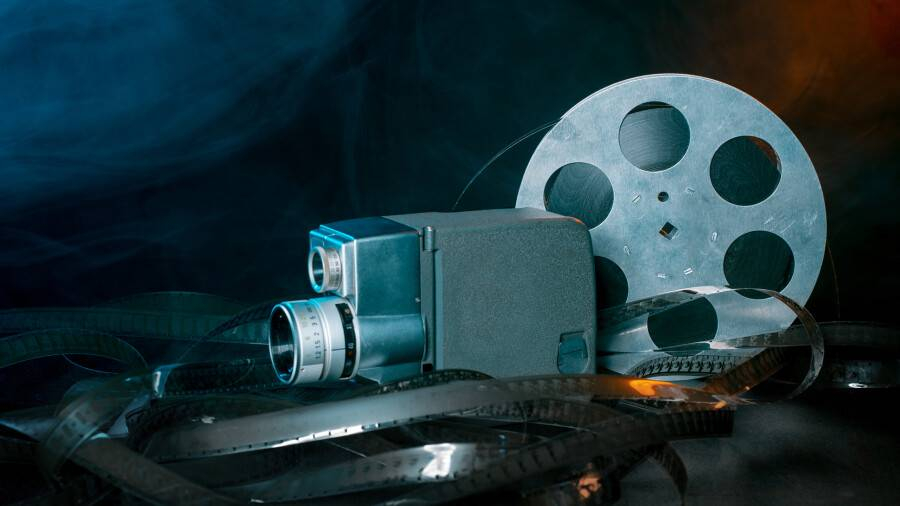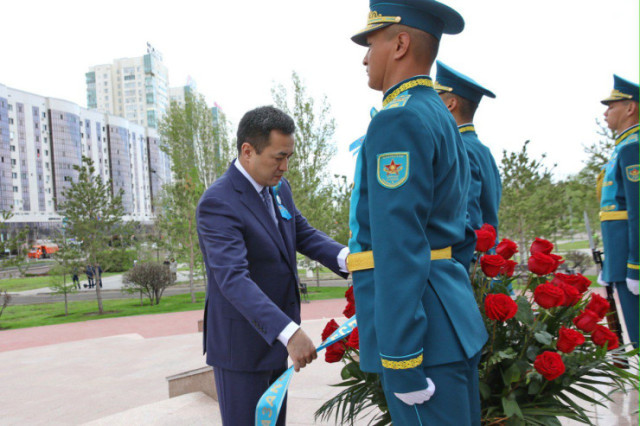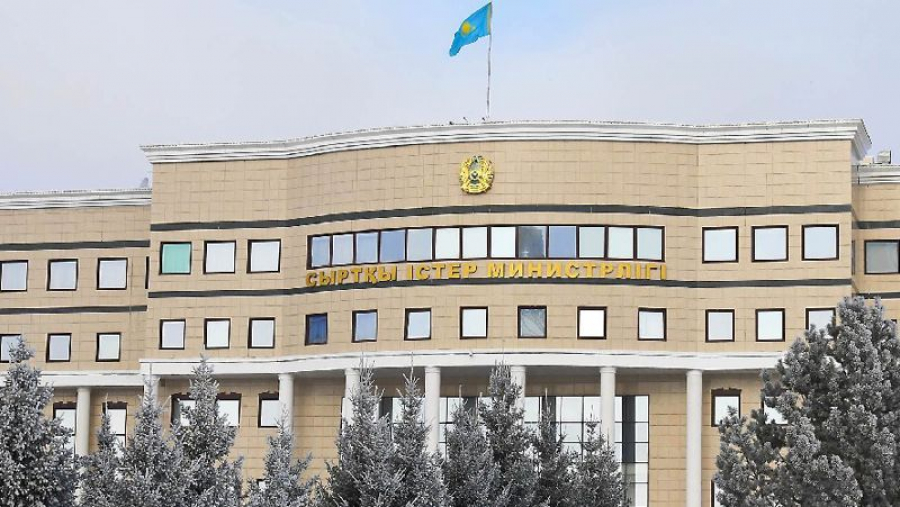
Kazakh archaeologists have made a new discovery. They found an intact burial of a Saka warrior on the outskirts of Almaty in one of the largest mounds. According to the archaeologists, they were able to accurately determine the time of burial as the fifth to second centuries BC. The skull and a number of other details made it possible to approximately identify the age of the warrior, who could have been in his fifties. Sword fragments and garment inserts made of gold were found alongside the skeleton.
“It’s a thick gold leaf, not tinfoil. Using jewelry terminology, it is clad on a bronze base. They are made in animal style art. Here we can clearly see a mirror image of the head of a feline predator. In addition, there are also zoomorphic paintings that can be seen on those curbstones,” said Murat Nurpeissov, senior researcher of the Almaty Museum Association.
Many items found in the burial mound give grounds to confidently say that it is a Saka monument, and it dates back to the early Iron Age. For example, a spiraled bronze plate found during excavations - this solar sign was placed on leather goods and weapons as a decoration, while in contrast, another carved decoration found in the burial is not typical for the warriors of that time, archaeologists say.
“Most likely, these items could have been imported. As we know from the extensive studies of the Pazyryk culture in Altai, they used to import goods from Western Asia, as well as from China, at that time. That is, apart from the autochthonous Saka items, there was also a fair amount of imported goods. And I’m guessing this item is a belt accessory. It has no animal style paintings, but some kind of vegetative motifs are depicted here. And most importantly, it has some kind of variety that is not typical for the Saka period. We haven't fully studied it yet,” Nurpeissov added.
Archaeologists say that works at the site where the unique burial ground was found will continue. Some new interesting artifacts are likely to be uncovered by the scientists.









